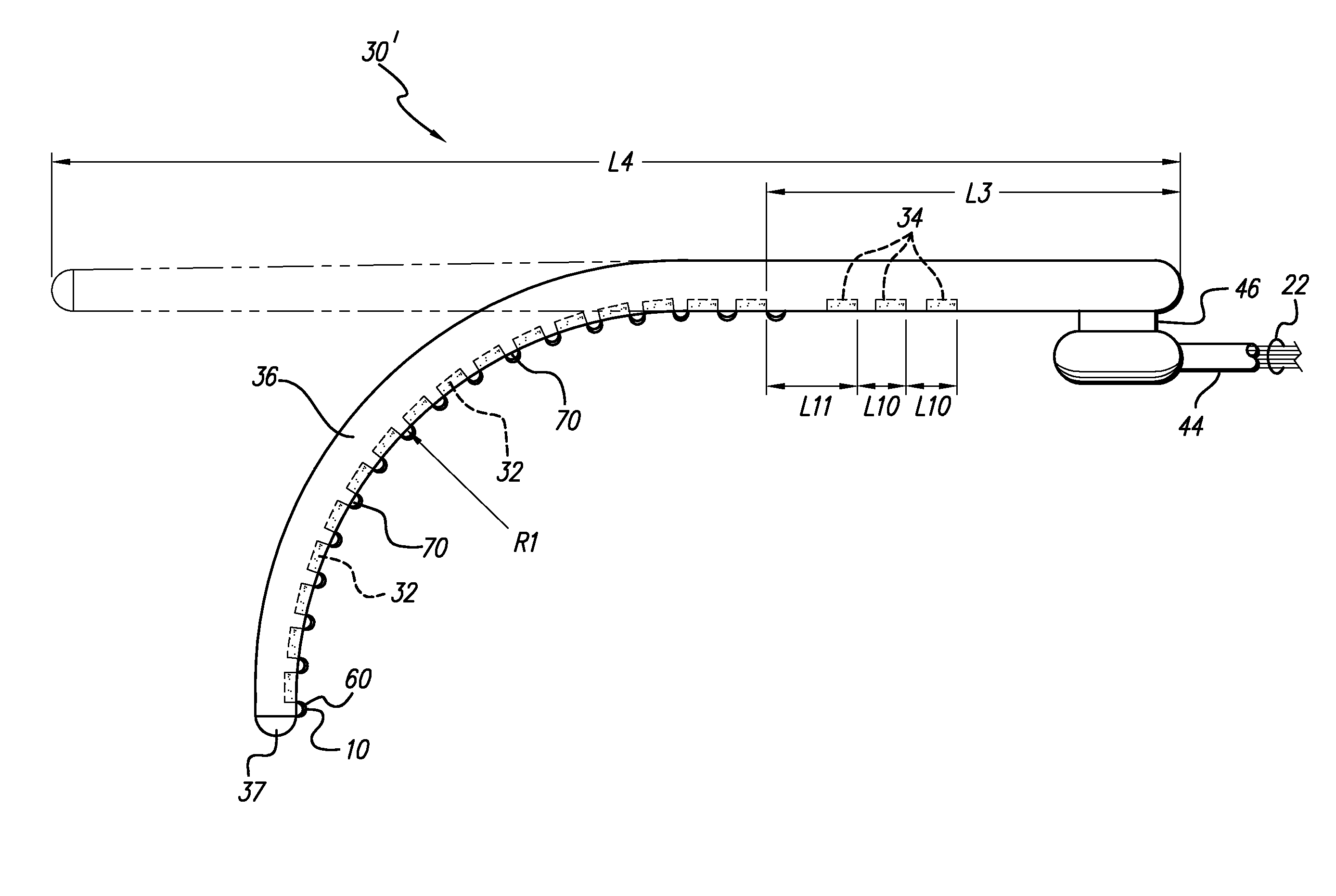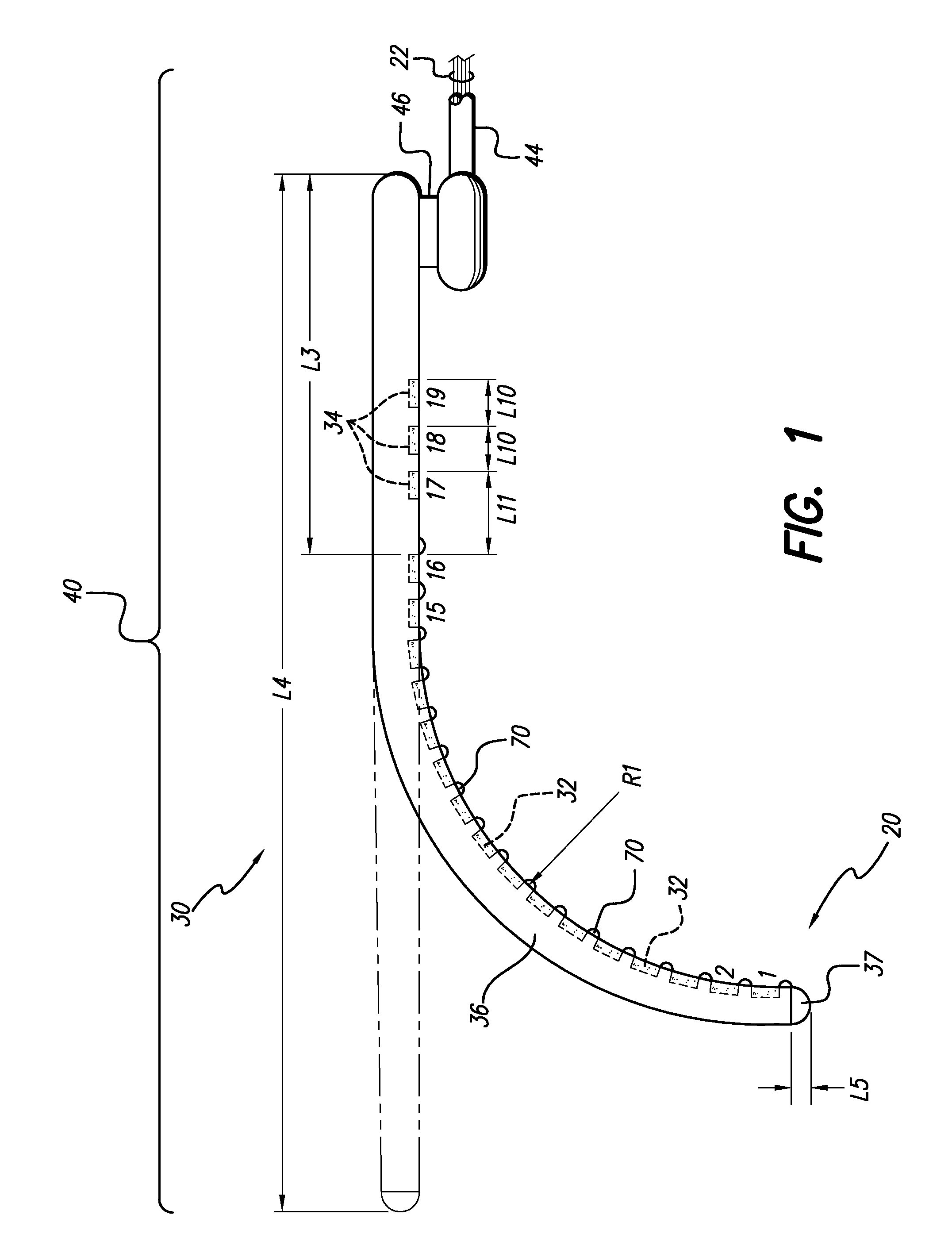Coated electrode array having uncoated electrode contacts
a technology of uncoated electrodes and electrode contacts, which is applied in the direction of head electrodes, internal electrodes, therapy, etc., can solve the problems of conductive hearing loss, impeded normal mechanical pathways for sound to reach the hair cells in the cochlea, and deafness sensorineural hearing loss, so as to improve the performance of the electrode array, prevent neural degeneration, and promote neural regeneration
- Summary
- Abstract
- Description
- Claims
- Application Information
AI Technical Summary
Benefits of technology
Problems solved by technology
Method used
Image
Examples
Embodiment Construction
The following description is of the best mode presently contemplated for carrying out the invention. This description is not to be taken in a limiting sense, but is made merely for the purpose of describing the general principles of the invention. The scope of the invention should be determined with reference to the claims.
For illustration purposes, the following description is provided in conjunction with a Cochlear Stimulation (CS) system. Other types of stimulation systems may also be used such as, but not limited to, spinal cord stimulation systems, cardiac stimulation systems, peripheral nerve stimulation systems, brain stimulation systems and microstimulators. The disclosure presented herein, is further directed to implantable leads for use with implantable or external stimulators. The leads include all neurostimulation leads, e.g., cochlear leads, spinal cord stimulation leads, or leads used in the body to stimulate muscle or nerve tissue. One type of lead, used as an exempla...
PUM
 Login to View More
Login to View More Abstract
Description
Claims
Application Information
 Login to View More
Login to View More - R&D
- Intellectual Property
- Life Sciences
- Materials
- Tech Scout
- Unparalleled Data Quality
- Higher Quality Content
- 60% Fewer Hallucinations
Browse by: Latest US Patents, China's latest patents, Technical Efficacy Thesaurus, Application Domain, Technology Topic, Popular Technical Reports.
© 2025 PatSnap. All rights reserved.Legal|Privacy policy|Modern Slavery Act Transparency Statement|Sitemap|About US| Contact US: help@patsnap.com



